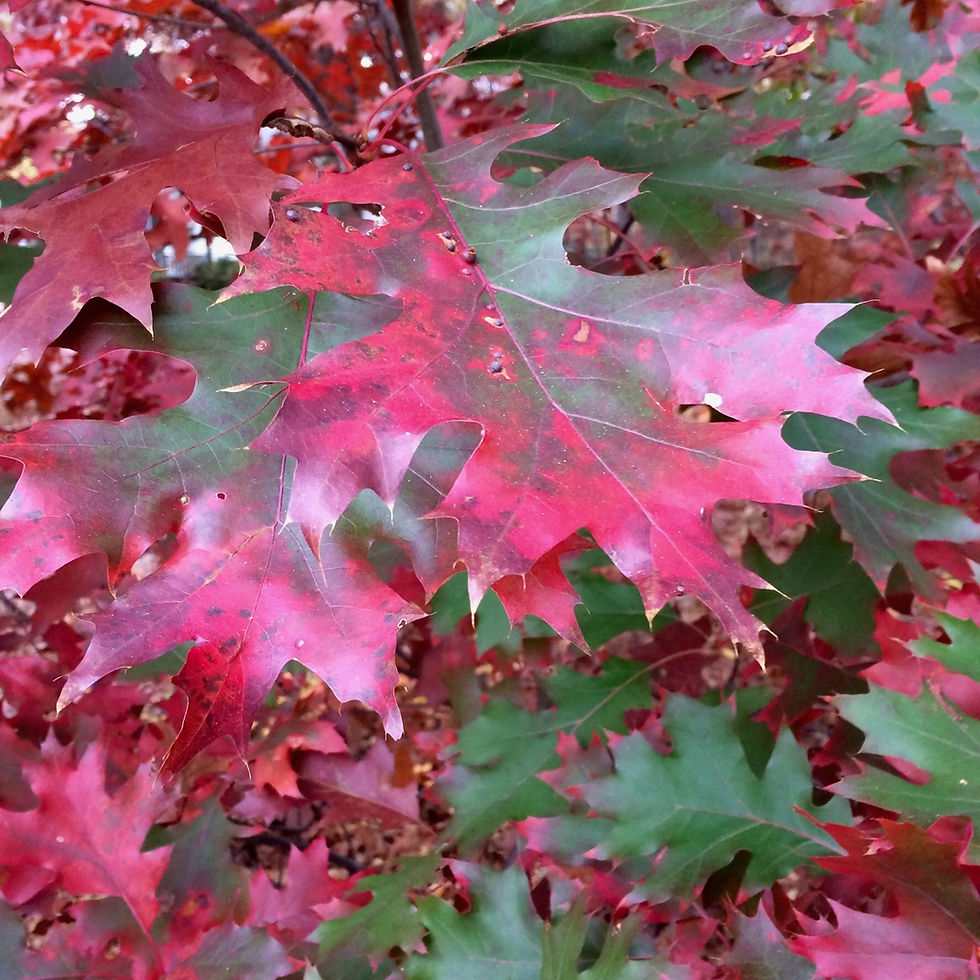Native Plant of the Week: Sweet Goldenrod
- Kimberly Simmen
- Jul 31, 2022
- 2 min read
Updated: Sep 16, 2024
Family: Asteraceae
Name: Solidago odora (chilensis) - Sweet Goldenrod
Pictures (KMS Native Plants): First: flower, Middle: Locust Borer beetle feeding on pollen. Yes, the larvae of this insect feeds on the trunk and branches of the Black Locust tree, but the beetle is an important pollinator of native plants, especially Goldenrods, Last: habit
Bloom Time: August - October
Flower: Yellow
Soil Condition: Dry, Average, Moist, Well Drained
Light: Sun, Partial Shade
Height: 24-48" tall by 24" wide
Native Range: Eastern and Southeastern United States including Long Island
Zone: 4 to 10
Solidago odora is a lovely addition to any garden because of it's clumping habit, it does not aggressively spread like many other Goldenrods. Don't be fooled though, as it will self sow readily in the garden. This can be remedied by deadheading the spent flowers or waiting until they are dried to collect the seed. The anise-scented foliage is delightful and can be used to make tea. It's great in a fall planter. Makes a great fresh cut and dried flower. Like all Goldenrods, it is very important to late season native bees and butterflies.
Fun Facts: Contrary to belief, goldenrod is not responsible for hay fever as it is insect pollinated. The hay fever culprit is our native common ragweed (Ambrosia artemisiifolia), which is wind pollinated.
Maintenance: To control height, you may cut back the plant by mid July (no later than the 15th) by 2/3. This will also produce a more floriferous plant.
Benefits: nectar source, host plant to several moth species, birds eat the seeds, juglone (Black Walnut) tolerant, usually deer resistant, tea can be made form the leaves and dried flowers to help with colds, coughs, fever and nerves.
Companion Plants: Eurybia spectabilis - showy aster, Symphyotrichum oblongifolius - aromatic aster, Schizachyrium scoparium - little bluestem, Liatris scariosa var novae angliae - devil's bite blazing star, Penstemon hirsutus - hairy beardtongue
=============================================================
References:

















Comments